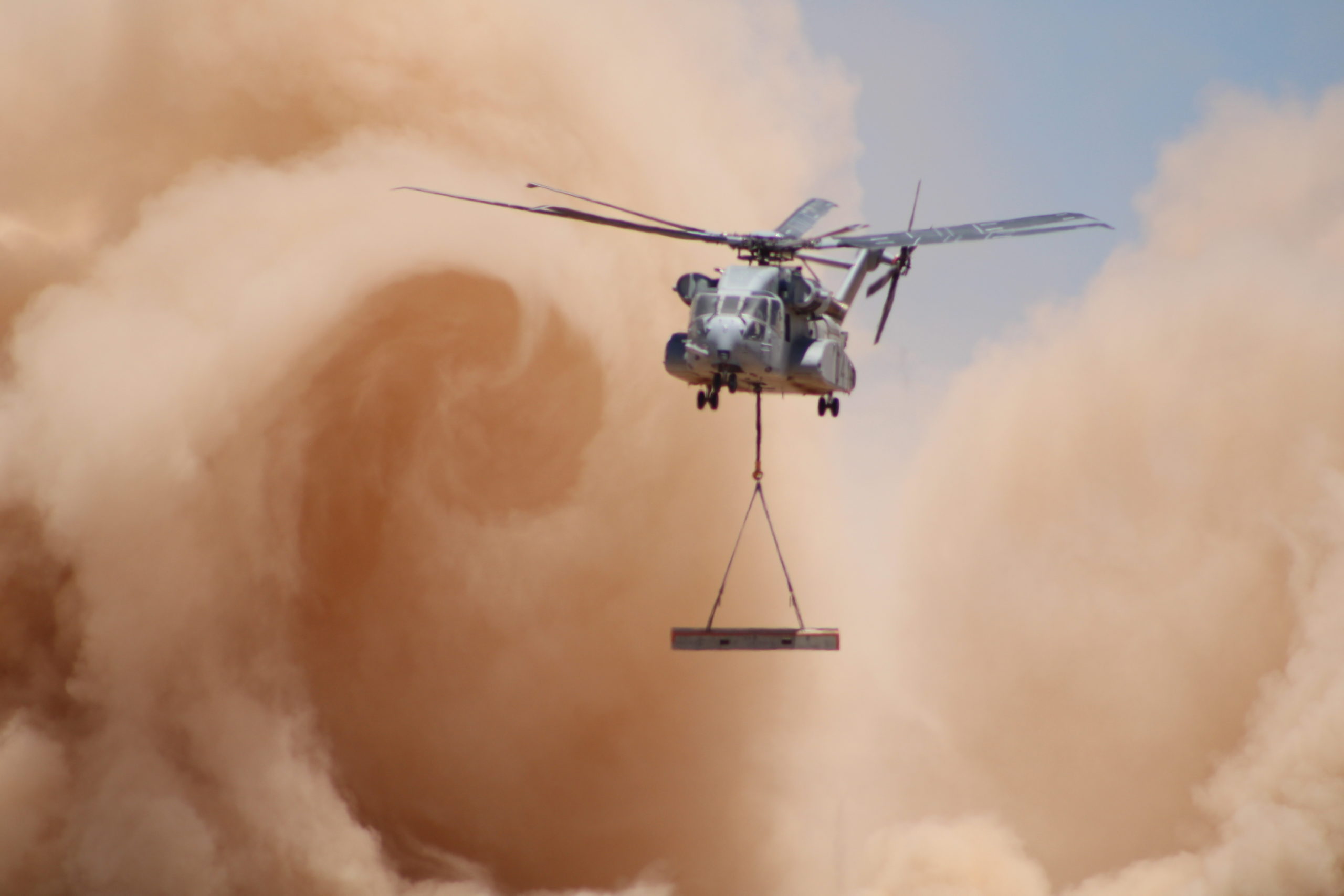The Coming of the CH-53K: A New Capability for the Distributed Force
This book describes the coming of the CH-53K Kilo to the USMC and to its first international customer, the Israeli Defence Force. It is based on extensive interviews with the persons involved in the development, testing, build, and maintenance of the new combat air system. For air system it is — built by the digital thread development and manufacturing approach, the aircraft is designed with maintainability and fleet support in operations as a key focus of the program,
If it were called CH-55 instead of the CH-53K perhaps one would get the point that these are very different air platforms, with very different capabilities.
What they have in common, by deliberate design, is a similar logistical footprint, so that they could operate similarly off of amphibious ships or other ships in the fleet for that matter.
But the CH-53 is a mechanical aircraft, which most assuredly the CH-55 (aka as the CH-53K) is not.
In blunt terms, the CH-55 (aka as the CH-53K) is faster, carries more kit, can distribute its load to multiple locations without landing, is built as a digital aircraft from the ground up and can leverage its digital backbone for significant advancements in how it is maintained, how it operates in a task force, how it can be updated, and how it could work with unmanned systems or remotes.
These capabilities taken together create a very different lift platform than is the legacy CH-53E. In a strategic environment where force mobility is informing capabilities across the combat spectrum, it is hard to understate the value of a lift platform, notably one which can talk and operate digitally, in carving out new tactical capabilities with strategic impacts.
The lift side of the equation within a variety of environments can be stated succinctly. The King Stallion will lift 27,000 lbs. external payload, deliver it 110 nm to a high-hot zone, loiter, and return to the ship with fuel to spare. What that means is JLTV’s (22,600-lb.), up-armored HMMWV, and other heavier tactical cargos go to shore by air, rather than by LCAC or other slower sea lift means. For less severe ambient conditions or shorter distances than this primary mission, the 53K can carry up to 36,000 lbs.
With ever increasing lift requirements and advancing threats in the battlefield, there is no other vertical lift aircraft available that meets emerging heavy lift needs. There are a lot of platforms that can blow things up or kill people, but for heavy lift, the CH-53K is the only option.
The digital piece is a foundational element and why it is probably better thought of as a CH-55. This starts with the fly-by-wire flight controls. The CH-53K is the first and only heavy lift fly-by-wire helicopter.
The CH-53K’s fly-by-wire is a leap in technology from legacy mechanical flight control systems and keeps safety and survivability at the core of the Kilo’s design while providing a portal to an optionally piloted capability and autonomy.
The CH-53K’s fly-by-wire design drastically reduces pilot workload and minimizes exposure to threats or danger, particularly during complex missions or challenging aircraft maneuvers like low light level externals in a degraded visual environment allowing the pilot to manage and lead the mission vice focusing on physically controlling the aircraft.
What this means is that the CH-53K “can operate and fight on the digital battlefield.”
And because the flight crew are enabled by the digital systems onboard, they can focus on the mission rather than focusing primarily on the mechanics of flying the aircraft. This will be crucial as the Marines shift to using unmanned systems more broadly than they do now.
Featured Photo: The CH-53K King Stallion in Degraded Visual Environment (DVE) testing at Yuma Proving Grounds, AZ. The heavy lift aircraft is the most powerful helicopter ever built by the United States government. July 17, 2020. Credit: Naval Air Station Patuxent River

